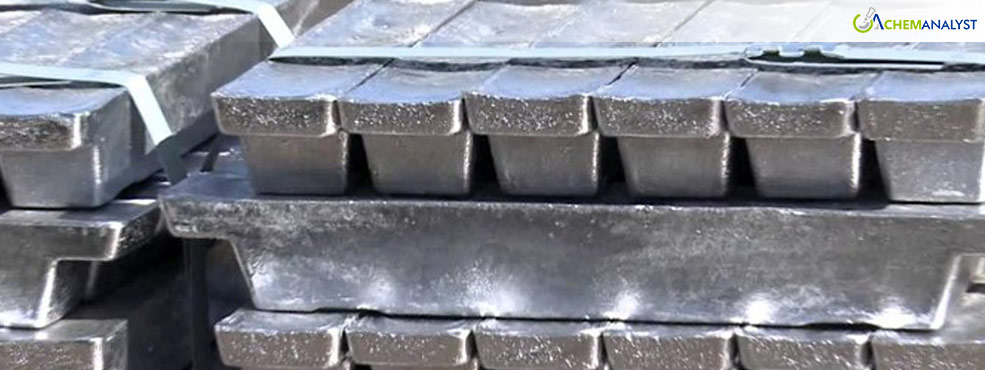Rising Tariffs and Energy Prices Push Aluminium Alloy Ingot Prices Higher in U.S. and Germany
- 29-Jan-2025 3:33 PM
- Journalist: Patricia Jose Perez
In late January, North American Aluminium Alloy Ingot prices rose marginally. Potential new import tariffs and changing global trade influenced this increase. President Donald Trump announced tariffs on aluminum imports to boost domestic metal production. Mexico followed U.S. market trends. The country faced challenges in sourcing certain scrap grades from the Middle East, adding to market volatility.
By January 24, U.S. Aluminium Alloy Ingot prices rose by 0.6% w-o-w. Recent policy announcements influenced this increase. Regional aluminium scrap prices remained largely unchanged compared to the prior week. President Donald Trump's announcement of tariffs on aluminium imports is intended to enhance domestic production of metals. Market participants expect the tariffs could raise costs for U.S. consumers. This is due to the current production shortfall and the time needed to restart domestic smelting operations.
The Mexican Aluminium Alloy Ingot market has seen major fluctuations, following recent trends in the US. This is because much of the supply comes from North America. The possible 25% tariff on Mexican aluminum imports from the U.S. has caused uncertainty, which could disrupt trade and affect prices.
Sourcing challenges have arisen from the Middle East, with shortages of scrap grades like Tense from the UAE. High domestic demand and rising local prices are key factors. These issues, along with broader economic and geopolitical factors, have increased volatility in the Mexican aluminium scrap market which influenced the Aluminium Alloy Ingot prices.
The price of Aluminium Alloy Ingot in Germany rose by 0.6% in late January. This increase is due to supply chain issues, and changes in demand patterns. German producers are cutting production because scrap costs are high. Supply in Europe is also at risk as traders reduce imports due to high financing costs and longer transit times.
Germany's aluminum production is energy-intensive and faces higher energy prices due to the ongoing European energy crisis. As a result, some smelters have reduced output, tightening the domestic supply of Aluminium Alloy Ingot. Import volumes remain stable, but higher global prices have raised the cost of imports. Export demand from Germany has climbed. European manufacturers are trying to secure supplies due to a global shortage.
ChemAnalyst forecasts that U.S. and European Aluminium Alloy Ingot prices will likely increase in the coming months. Supply chain disruptions and fluctuating energy costs will drive up Aluminium Alloy Ingot prices. Strong demand from the automotive and aerospace sectors will also contribute to the increase.



